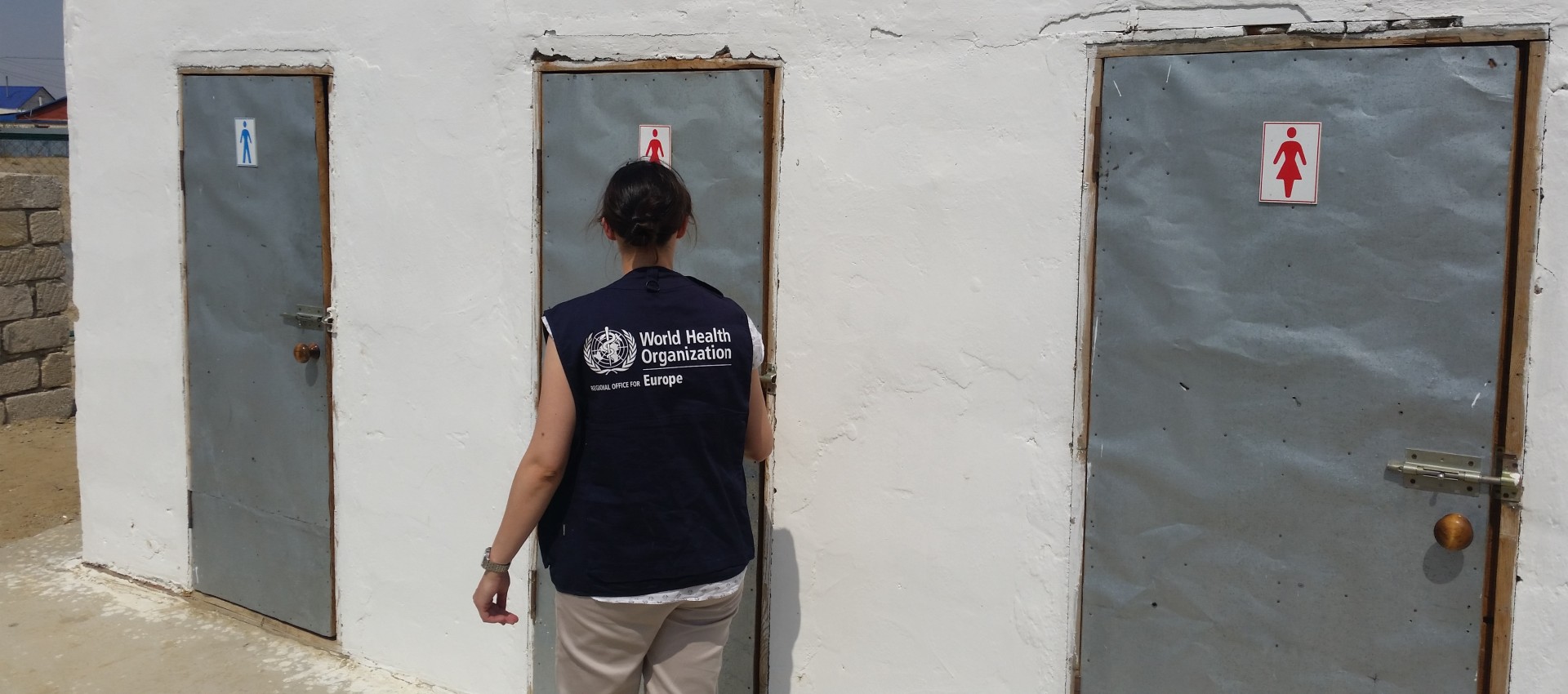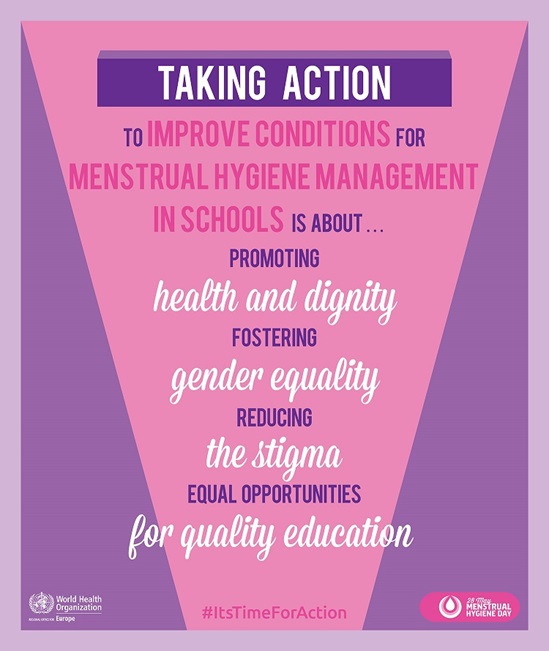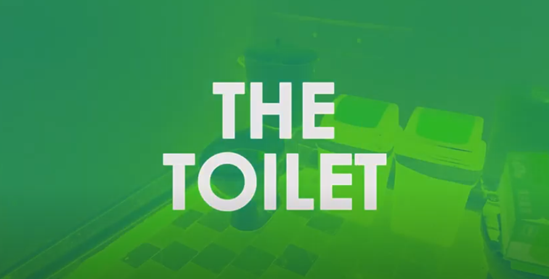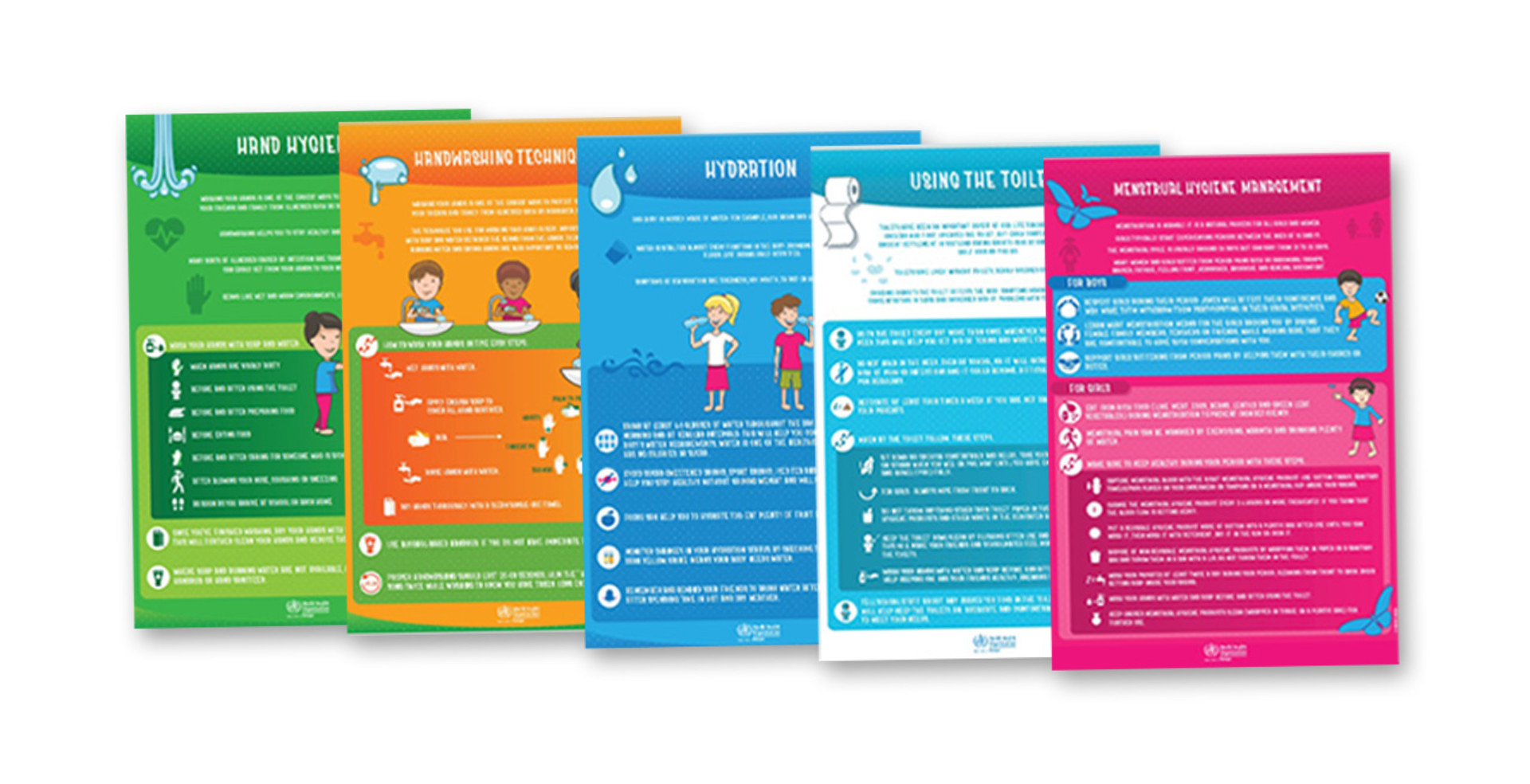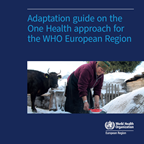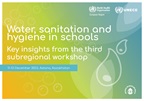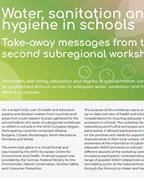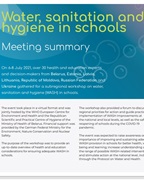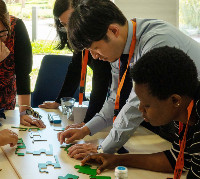Water and sanitation
Easy access to adequate sanitation and sufficient amounts of safe water for drinking and hygiene at home, schools and health care facilities is essential to human health and well-being and should be a prerequisite for a decent life in the 21st century.
In the WHO European Region, more than 63 million people gained access to drinking-water services and 84 million people to sanitation services between 2000 and 2017. Nevertheless, over 16 million people still lack access to basic drinking-water and more than 31 million people are in need of basic sanitation. Significant inequalities persist between rural and urban areas, and between rich and poor people, with rural dwellers and the poorest being the most disadvantaged.
The region continues to experience water-related infectious disease outbreaks, impairing health, well-being and productivity of people and communities. Diseases related to inadequate water, sanitation and hygiene (WASH) include diarrhoea, but also other disease outcomes, such as hepatitis A, legionellosis and soil-transmitted helminth infections. In the Region, 14 diarrhoea deaths a day can be attributed to inadequate WASH. Infants and children under 5 years of age are particularly vulnerable to diarrhoea as a leading cause of malnutrition and death.
Microbial contamination of water used for drinking, hygiene and recreation is of prime concern throughout the Region. Chemical pollution is often localized but may also have a significant impact on health. Priority chemicals in drinking-water that can cause non-infectious disease include arsenic, fluoride, lead and nitrate.
To tackle the prevailing challenges and to close the gap in attaining equitable and sustainable access to safely managed drinking-water and sanitation services for all people in the Region, WHO/Europe:
- supports the implementation of the Protocol on Water and Health – a legally binding multilateral policy instrument in the WHO European Region;
- provides evidence-based guidance and tools for strengthening the capacity of national health systems and the water sector to ensure water quality and to prevent, control and reduce water-related disease;
- promotes risk-based management and surveillance approaches in policy and practice, including water safety plans and sanitation safety plans;
- promotes improving WASH in schools and health care facilities;
- supports strengthening national monitoring programmes and implementation of global monitoring instruments to track progress in achieving the Sustainable Development Goal (SDG) targets related to water, sanitation and hygiene;
- facilitates capacity-building in accordance with WHO guidelines in the water, sanitation and health domain;
- offers technical advice about health interventions, including responses to emergency situations.






